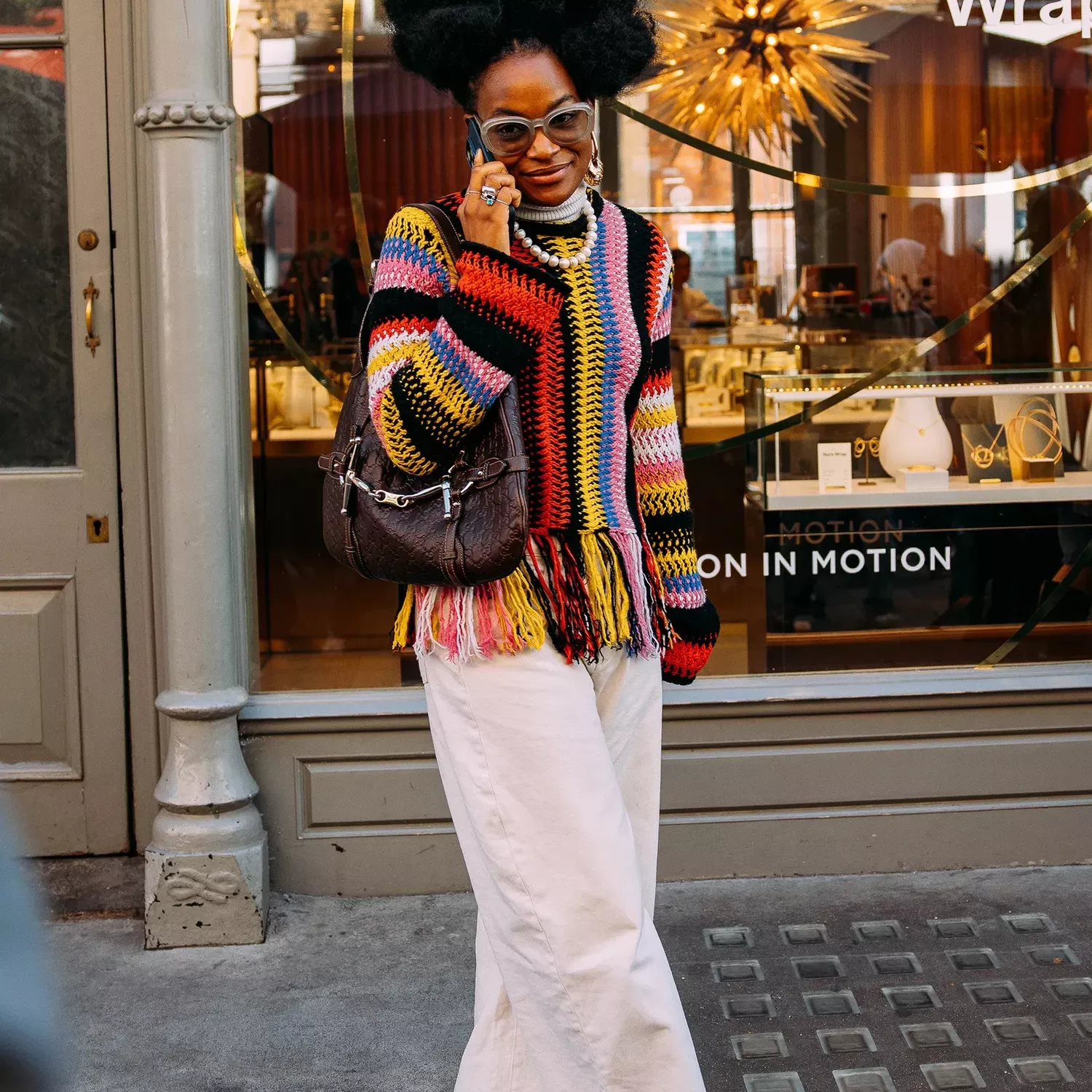It wouldn't be fashion month without a round-up of the best street-style looks from each city. See below Vogue's picks of the best-dressed show-goers from London Fashion Week spring/summer 2025
Street style is an amorphous concept with a long and storied history, a term applicable to everything from Manet’s fin-de-siècle flâneurs to Bill Cunningham’s early subjects in ’80s New York (working girls striding through Midtown in Burberry trenches and Nike Killshots, a shopper rollerblading through the revolving doors of Barneys New York with a grey marl sweatshirt tied insouciantly around her waist). For its part, Vogue has been publishing candid captures of the society set – whether ambling at Ascot or bathing in Biarritz – since the Edwardian period.
It’s only in the 21st century, though, that Street Style with two capital Ss was born – the phrase no longer loosely referring to fashion tribes associated with different parts of a city (in London’s case, think Mary Quant’s mods on Carnaby Street, or Vivienne Westwood’s punks on the King’s Road), but specifically, the ostentation of peacocks that gathered biannually near Lincoln Centre and in the Jardin de Tuileries, hoping to attract the attention of the likes of The Sartorialist’s Scott Schuman or Mr Street Peeper's Phil Oh, whose presence was a novelty outside show venues well into the 2000s. “My first fashion week was September 2006,” Face Hunter’s Yvan Rodic recalled in 2016. “People were almost surprised to be photographed. It was something so much more low key, and [there was] less business around it.”
That all changed with the advent of Instagram in 2010, when most fashion editors were still tottering to their front-row seats in Louboutin stilettos, a Blackberry in one hand and a Marlboro in the other. “The fuss around the shows now seems as important as what goes on inside the carefully guarded tents,” Suzy Menkes – who considers herself more “crow” than peafowl – wrote in a polarising article for The New York Times in 2013. “Cameras point as wildly at their prey as those original paparazzi in Fellini’s La Dolce Vita. But now subjects are ready and willing to be objects, not so much hunted down by the paparazzi as gagging for their attention.”
Polemic notwithstanding, the peacocks only proliferated; by 2012, bloggers had arrived on the scene, Leandra Medine, Susie Lau, and Camille Charrière included, with a preternatural sense of what would look good on camera (retina-searing colours, high-octane patterns), while 2015 brought model-influencers into the mix, the Gigis and Kendalls and Bellas, who acted as their own street-style photographers with their iPhone 6s. Fashion’s MO was clear when it came to the catwalk – content, content, content, clicks, clicks, clicks – with TikTok and Instagram Stories opening up new realms of possibility when they launched in 2016. However the old guard may feel about it, Croots trump “crows” when it comes to algorithm reach.
Perhaps Jonathan Daniel Pryce, best known under his alias Garçon Jon, summed up street style’s enduring appeal best. “There was a lot of discussion around five years ago when it felt like street style really peaked and the interest in it plateaued,” he told Vogue in 2020. “There was a fatigue around it, and people were asking when it was going to die. But to me, that’s like saying, when is catwalk photography going to die? Street style has just become a new form that revolves around the fashion week circuit. There was a period in which it felt genuinely exciting, but it’s still popular, and I don’t think that’s going away.” Neither do we.
Below, see all of the best street style from the spring/summer '25 collections at London Fashion Week.

Photo: Acielle / Style Du Monde

Photo: Acielle / Style Du Monde

Photo: Acielle / Style Du Monde
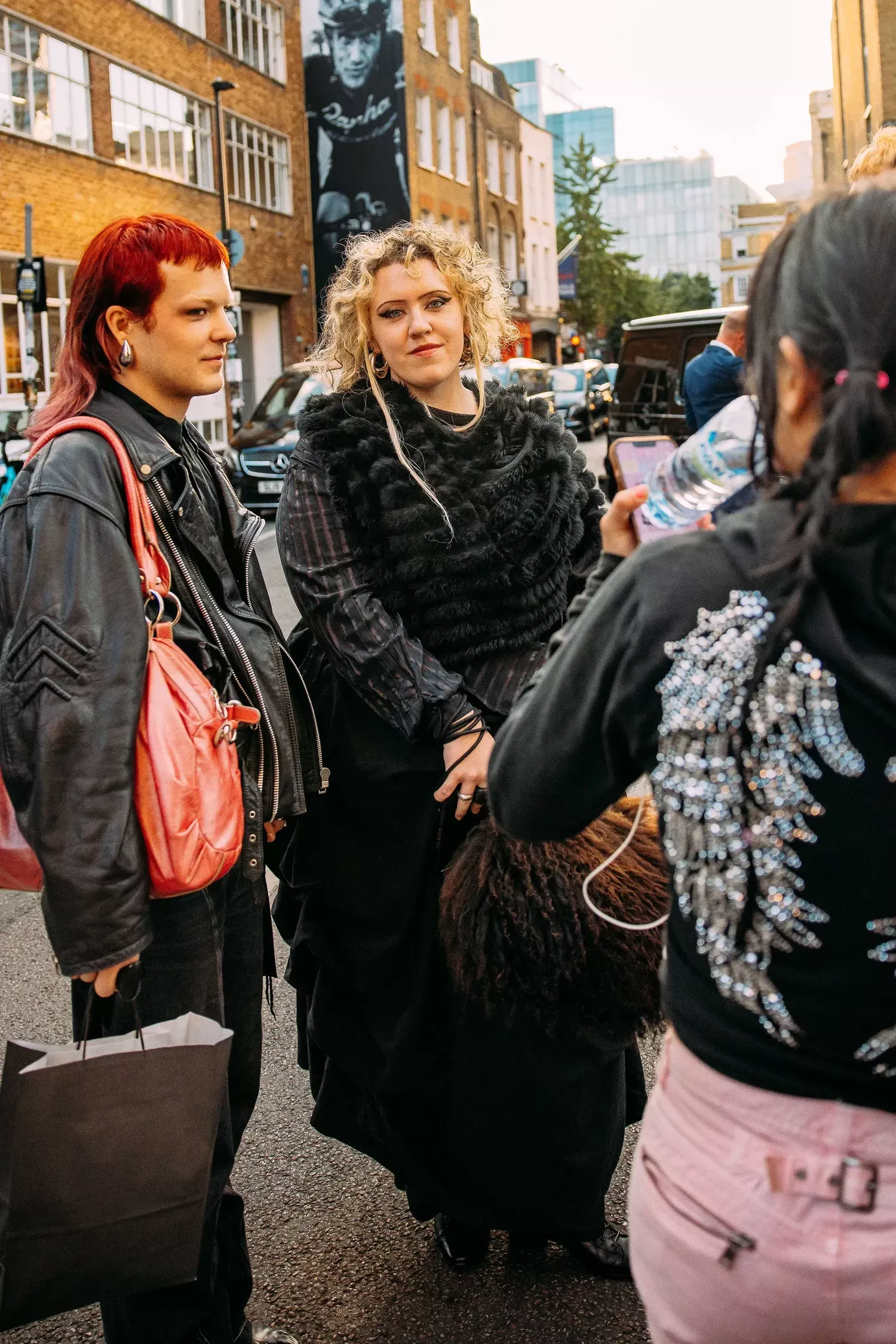
Photo: Acielle / Style Du Monde

Photo: Acielle / Style Du Monde

Photo: Acielle / Style Du Monde

Photo: Acielle / Style Du Monde

Photo: Acielle / Style Du Monde
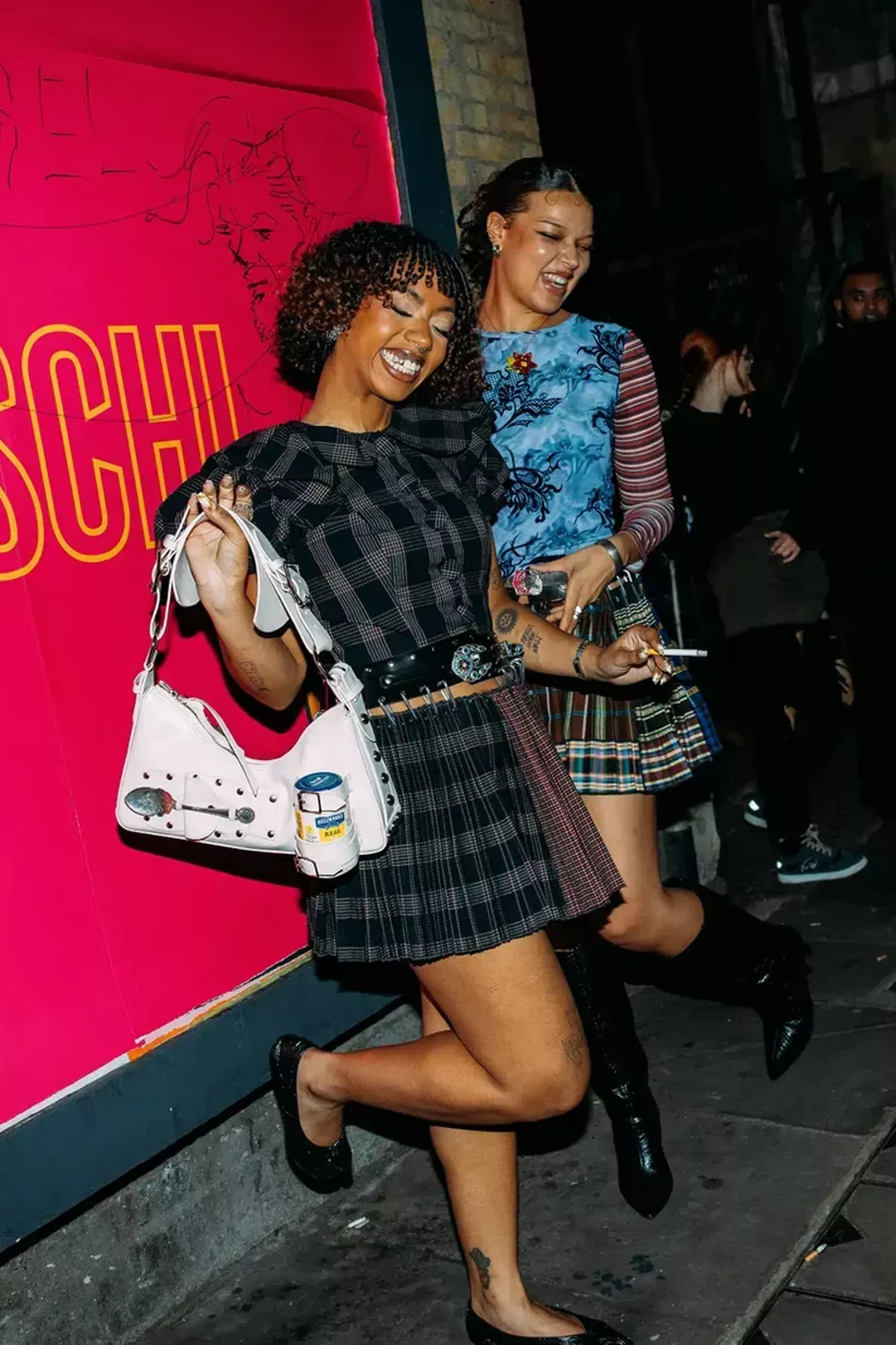
Photo: Acielle / Style Du Monde

Photo: Acielle / Style Du Monde

Photo: Acielle / Style Du Monde

Photo: Acielle / Style Du Monde

Photo: Acielle / Style Du Monde

Photo: Acielle / Style Du Monde

Photo: Acielle / Style Du Monde

Photo: Acielle / Style Du Monde

Photo: Acielle / Style Du Monde

Photo: Acielle / Style Du Monde

Photo: Acielle / Style Du Monde

Photo: Acielle / Style Du Monde

Photo: Acielle / Style Du Monde

Photo: Acielle / Style Du Monde

Photo: Acielle / Style Du Monde

Photo: Acielle / Style Du Monde

Photo: Acielle / Style Du Monde

Photo: Acielle / Style Du Monde

Photo: Acielle / Style Du Monde


Photo: Acielle / Style Du Monde

Photo: Acielle / Style Du Monde

Photo: Acielle / Style Du Monde

Photo: Acielle / Style Du Monde

Photo: Acielle / Style Du Monde

Photo: Acielle / Style Du Monde

Photo: Acielle / Style Du Monde

Photo: Acielle / Style Du Monde

Photo: Acielle / Style Du Monde

Photo: Acielle / Style Du Monde

Photo: Acielle / Style Du Monde

Photo: Acielle / Style Du Monde

Photo: Acielle / Style Du Monde

Photo: Acielle / Style Du Monde

Photo: Phil Oh

Photo: Phil Oh

Photo: Phil Oh

Photo: Phil Oh

Photo: Phil Oh

Photo: Phil Oh
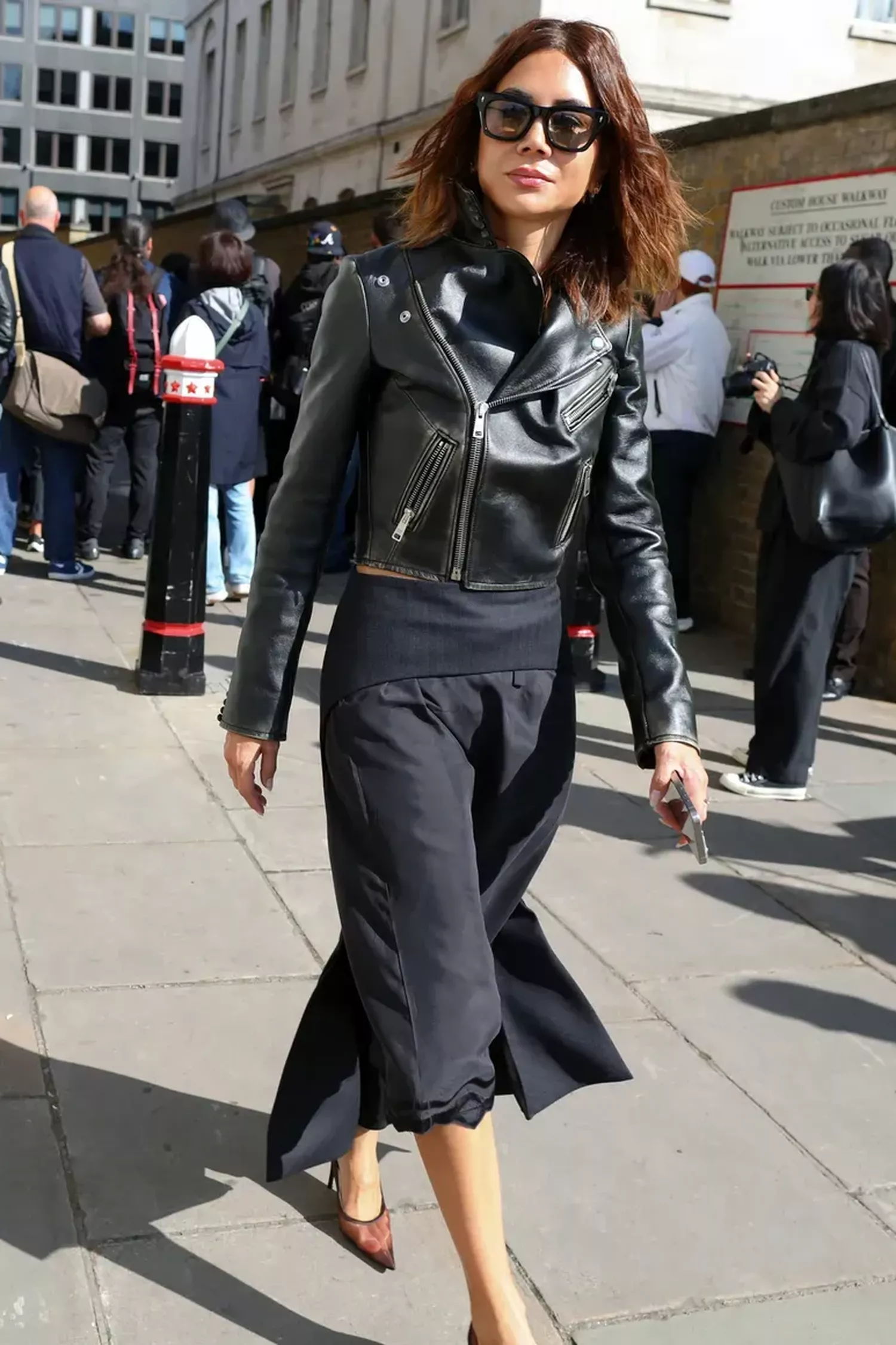
Photo: Phil Oh

Photo: Phil Oh

Photo: Phil Oh

Photo: Phil Oh

Photo: Phil Oh

Photo: Phil Oh

Photo: Phil Oh

Photo: Phil Oh

Photo: Phil Oh

Photo: Phil Oh

Photo: Phil Oh

Photo: Phil Oh

Photo: Phil Oh

Photo: Phil Oh

Photo: Phil Oh

Photo: Phil Oh

Photo: Phil Oh

Photo: Phil Oh

Photo: Phil Oh

Photo: Phil Oh

Photo: Phil Oh

Photo: Phil Oh

Photo: Phil Oh

Photo: Phil Oh

Photo: Phil Oh

Photo: Phil Oh

Photo: Phil Oh

Photo: Phil Oh

Photo: Phil Oh

Photo: Phil Oh

Photo: Phil Oh

Photo: Phil Oh

Photo: Phil Oh

Photo: Phil Oh
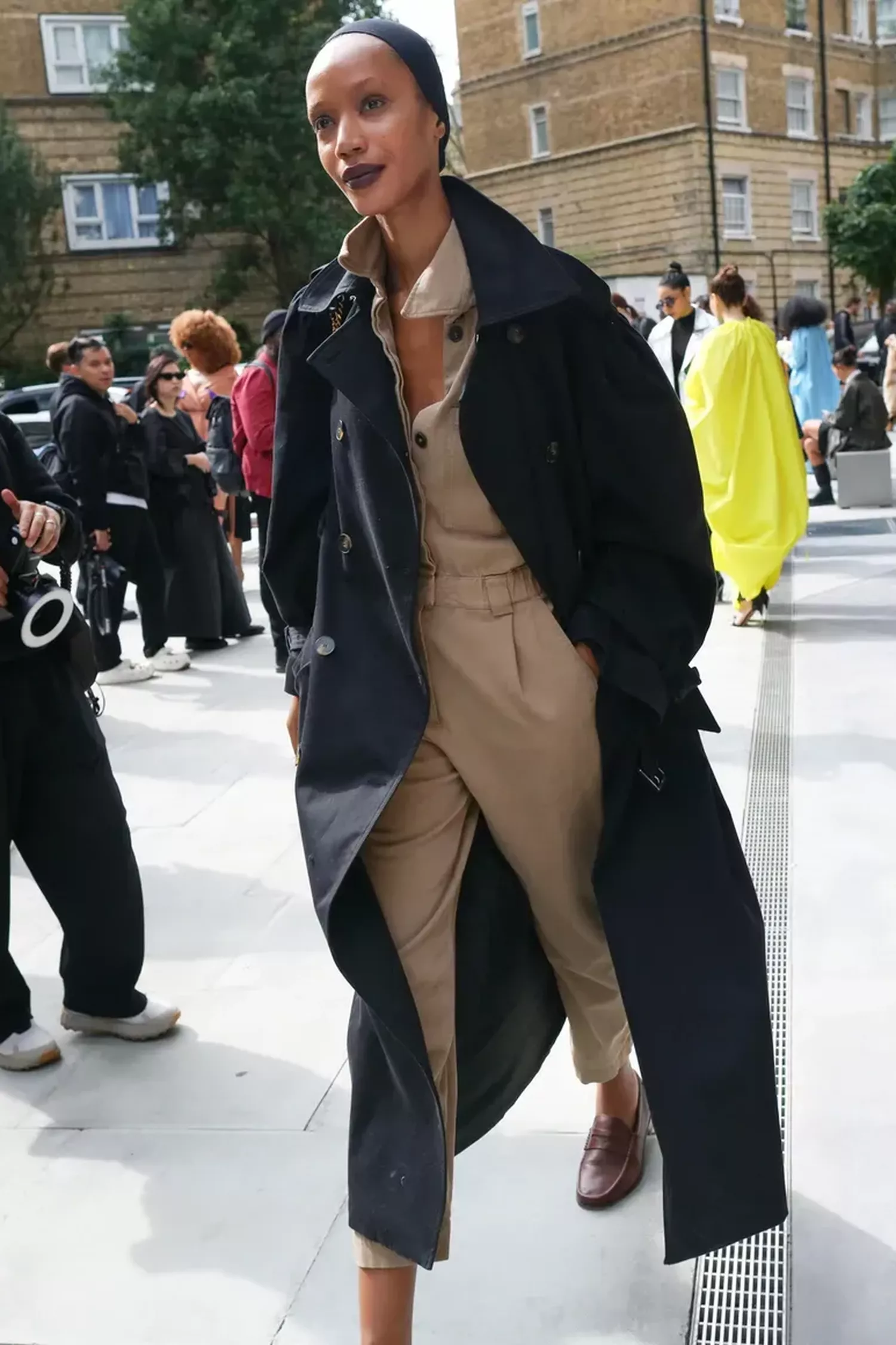
Photo: Phil Oh
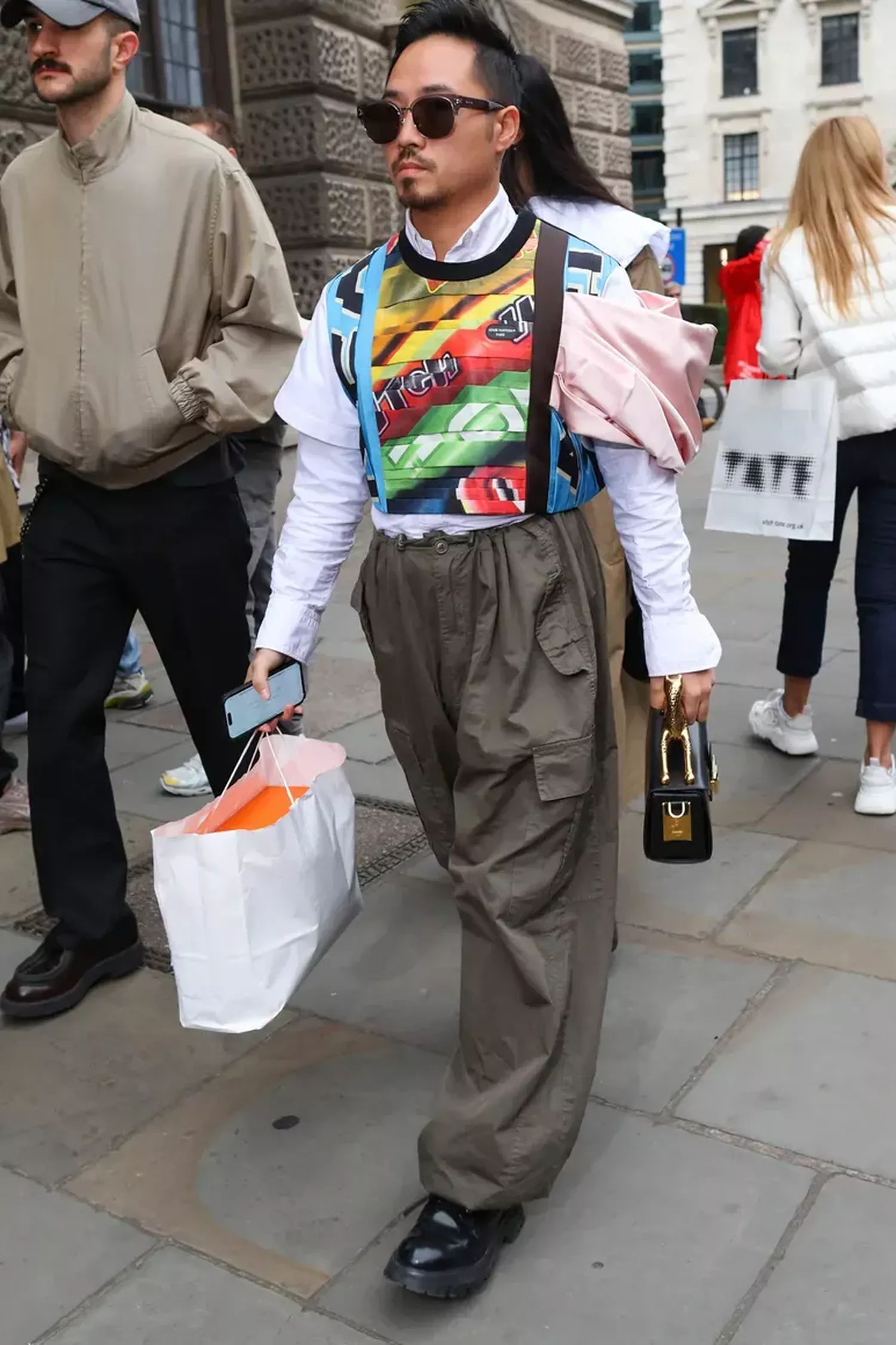
Photo: Phil Oh

Photo: Phil Oh

Photo: Phil Oh

Photo: Phil Oh

Photo: Phil Oh

Photo: Phil Oh

Photo: Phil Oh

Photo: Phil Oh

Photo: Phil Oh

Photo: Phil Oh
Originally published on British Vogue.
